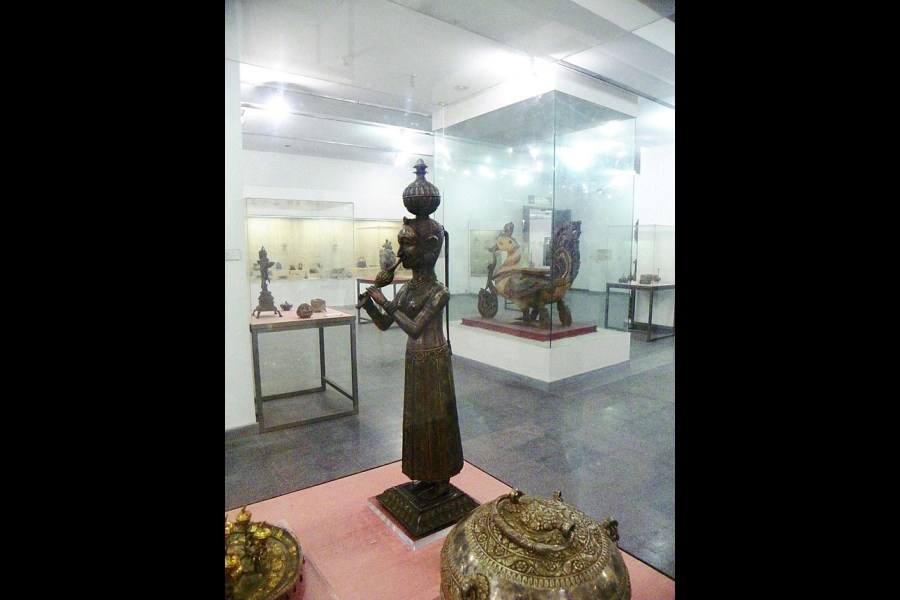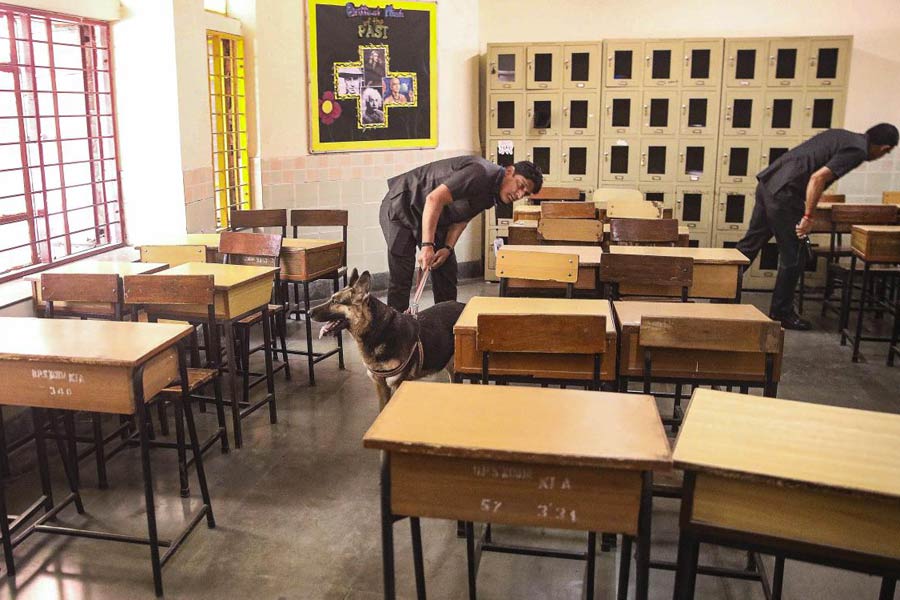The Central Vista project, which the present government has undertaken in the last four years, consists largely of redeveloping both sides of the Rajpath. The first phase was over when the main avenue was blacktopped afresh and the re-greened lawns adorned with stone benches, garden lights and sewer drains for a whopping 600 crore rupees. The next phase involved constructing a new Parliament building. This is also done and dusted, hopefully within its budget of Rs 1200 crore. The Narendra Modi government has, however, not yet revealed either the grand plan or the total expenditure.
We now have to glean information from the website of the leader’s favourite architect who is invariably selected for such enterprises. We learn that the National Museum, Vigyan Bhavan and many such government bhavans would soon be gone. The space thus vacated will accommodate half a lakh bureaucrats in some new, stodgy buildings on both sides of the Rajpath that has been renamed ‘Kartavya Path’. No one is asking whether the nation requires these grim edifices or can afford to spend some Rs 1000 crore or more for each of them. The fact that the capital city’s stomach and entrails would need to be ripped apart is, of course, a minor concern in the face of such a grand vision. The project has already caused severe disruptions in a metropolis that is notorious for traffic jams and for its unacceptable levels of air pollution, both of which have worsened.
Of all the buildings that are set to be razed, the one that houses the National Museum worries us the most. One is not sure whether the regime is sensitive to the great perils inherent in a massive transfer of 2.06 lakh antiquities. Many of these are priceless, irreplaceable, and inextricably tied to the nation’s history and pride. Significantly, they are to suffer not one but two transfers — the first, to some unknown, interim storage place and, the second, from there to North and South Blocks on Raisina Hill. About two years ago, the culture ministry had floated an 'expression of interest’ for a Central storage facility of museum collections, but no details of progress or failure are known. Nor do we know how long India would have to do without its National Museum. Information is just not divulged not only because the leader believes in surprise and stun tactics but also because no one really knows what comes next until it is revealed in hushed whispers. All that the government has announced is that “The National Museum will be relocated to the North and South Blocks, reconceptualized [sic] to present the rich heritage and achievements of the nation in a modern and engaging manner.” The culture ministry knows that this has to be done but it played on technicalities when it replied to my question in Parliament stating “no decision regarding demolition of National Museum has been taken.” Yet, the minister neither denied nor confirmed it when it became public about a month ago that his ministry has instructed the National Museum authorities to prepare to move out.
It is not even clear whether the ministry realises the gravity of the challenge and the fact that the storage of antiquities is a complex task. Several items require different combinations of temperature, light and humidity to survive the oppression of age and the corrosive weather. There are numerous exceptional artefacts that require highly-personalised care; else, they would be irreparably damaged or destroyed forever. In many cases, conservationists prohibit or strongly discourage the movement of antiquities.
Then, there are proven and inherent dangers of pilfering and substituting originals with accurate replicas during any major shifting of antiquities. It is said that the organised international trade in such ‘switchings’ runs into billions of dollars. This makes it very risky to move around precious antiquities, especially without multi-dimensional photography and documentation of each item. In his last reply to my question in Parliament in December 2021, the minister said that "out of 206,169 number of objects of the National Museum, 80,997 are photo documented and digitally recorded files.” This means that almost half the artefacts of the National Museum are not even photo-documented or digitally recorded — unless there has been phenomenal progress in the intervening months. How, then, does the government plan to pack, transport, store and then re-transport and relocate them to North and South Blocks over the next few years? The National Museum is grossly understaffed; it has just two chemists against a sanctioned requirement of 32 posts. Well over half the critical posts of curators are vacant. In December 2021, the minister informed Parliament that 93 posts had been abolished in the National Museum and that 93 more posts were lying vacant. Several tasks are outsourced to private individuals but a serious, considered decision is necessary before entrusting much of the transfer of the nation’s antiquities to hire-and-fire staff.
It is not known how North and South Blocks can house the National Museum and how some of the mammoth sculptures would be squeezed into the small rooms meant for bureaus and bureaucrats. Modern museums are built around prized exhibits, not the other way round. The urban development minister claims that the display space at the relocated blocks would be 80,000 square metres but the current floor area of the North Block is just 13,700 square metres. Public administration cannot be run like a fiefdom. The government must reveal the master plan of the Central Vista with details of calculations, facts and estimates. It must remember that the treasures of the National Museum belong to a civilisation called India, not to the government of the day.
Jawhar Sircar is a retired civil servant who is now an MP in the Rajya Sabha










